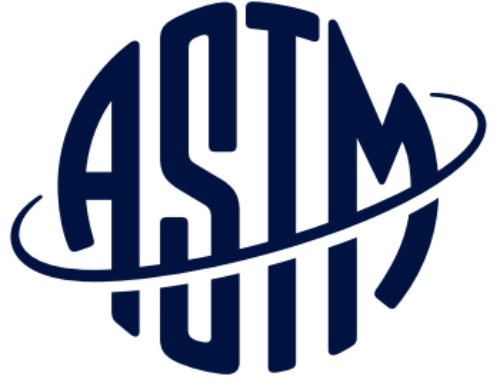Firm’s powerful simulation technology will bring maintenance schedules into line with the demands of real-life mission profiles.
Brentwood, TN, June 11, 2009 – During wartime, the actual missions flown by DoD aircraft are substantially different from the “standard” mission profiles the aircraft were designed for. And that’s a problem because, when the routine maintenance and part replacement schedules don’t reflect reality, it puts fleet safety and readiness at risk. Conventional methods for determining these schedules can take years, but the Navy can’t wait; it needs maintenance schedules that match their missions now. They’ve asked VEXTEC to help create them.
Under the terms of this contract, VEXTEC will expand on prior funded DoD technology efforts to show that mission sequence effects can be simulated and predicted for helicopter gearbox systems. VEXTEC’s gearbox life simulator will employ a high fidelity material-based fatigue modeling approach to facilitate the evaluation of different mission scenarios. Using this technology means durability results of different live mission sequences will be simulated in minutes, whereas traditional physical prototype testing would take years to reproduce even a small fraction of them. The ability to simulate durability based on actual vs. theoretical mission profiles will allow the Navy to fine-tune maintenance schedules based on more accurate lifing predictions. More accurate maintenance schedules produces benefits across the board from reduced costs to improved component supply management and increased aircraft readiness. But most importantly, it reduces the risk of failures in the field.
“We’re very pleased to be able to apply our technology to a problem whose solution holds so many important benefits for the Navy, and the aerospace industry in general,” commented Dr. Robert Tryon, VEXTEC Founder and Chief Technology Officer. “Getting these important answers now, instead of years from now, will save time, money and lives.” VEXTEC has already developed a system-level durability simulation approach for Army land vehicles, and this Navy project will show that the company’s powerful computational framework can be modified to analyze a multiple component helicopter gearbox system.





Leave A Comment